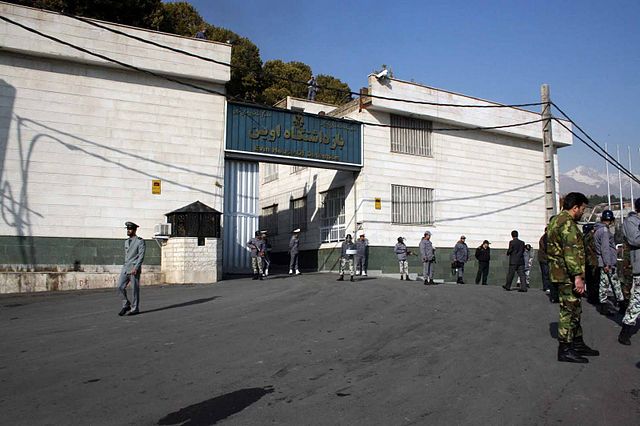From the Imperial Pahlavi dynasty, through the Islamic Revolution (1979), to the era of the Islamic Republic of Iran, government treatment of Iranian citizens' rights has been criticized by Iranians, international human rights activists, writers, and NGOs. While the monarchy under the rule of the shahs was widely attacked by most Western watchdog organizations for having an abysmal human rights record, the government of the Islamic Republic which succeeded it is considered still worse by many.
Nematollah Nassiri, head of shah's secret police SAVAK, with Mohammad Reza Shah Pahlavi, 1970
Protesters killed by the Shah's regime on Black Friday, 1978
Evin Prison
Dariush Forouhar, leader of Nation Party was one of the victims of Chain murders of Iran.
The politics of Iran takes place in the framework of an Islamic theocracy which was formed following the overthrow of Iran's millennia-long monarchy by the 1979 Iranian Islamic Revolution.
Government budget deficit has been a chronic problem in Iran. In 2004, about 45 percent of the government's budget came from exports of oil and natural gas revenues and 31 percent came from taxes and fees.
Iran's projected oil and gas projected revenues by the International Monetary Fund
National Budget Expenditures for Social and Economic Purposes, Fiscal Year 2004. Government spending as percent of total budget was 6% for health care, 16% for education and 8% for the military in the period 1992–2000 and contributed to an average annual inflation rate of 14 percent in the period 2000–2008.
Iran's balance of payment (2003-2007)








